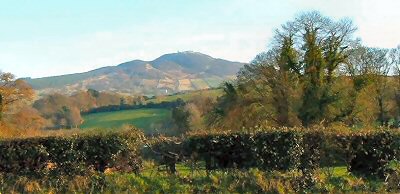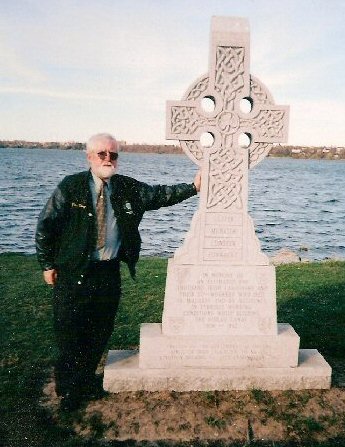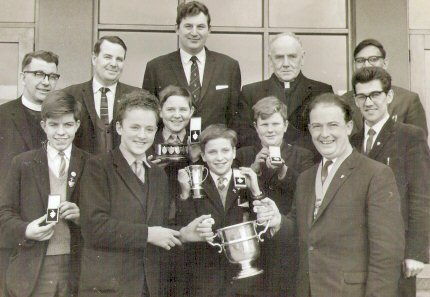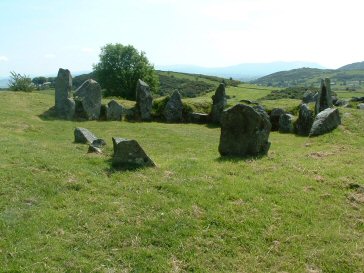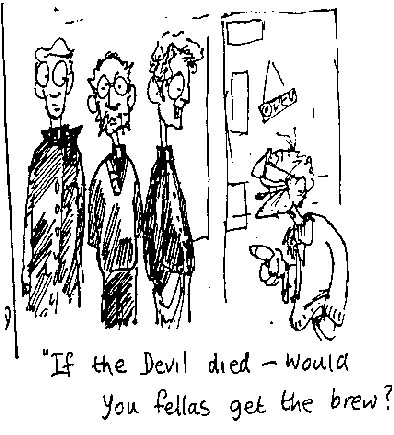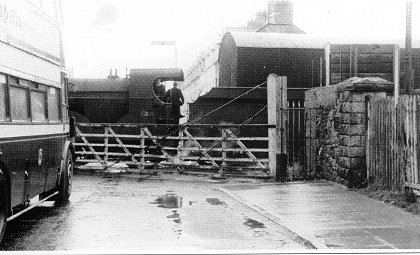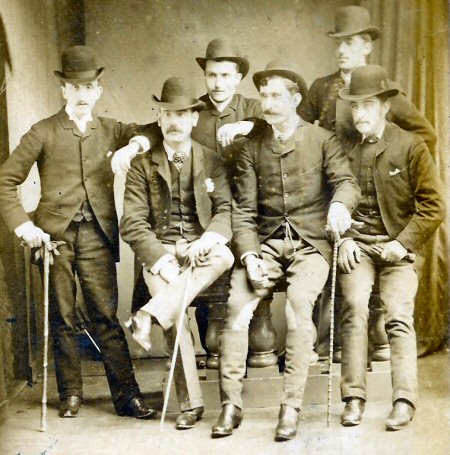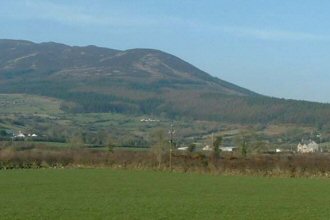Art Bennett was an important part of the Ulster cultural revival of the late eighteenth-early nineteenth century. By sheer chance, my friend Tom McKeown found the photocopied note reproduced below, among his papers, with nothing attached to indicate its origin or meaning. That does not stop us from speculating!
Language
Kavanagh: The Green Fool
While deliberating whether Patrick Kavanagh would be acceptable as a ‘local’ poet to our readership, the great irony struck me: that Kavanagh himself, from the black hills and sour fields of Monaghan, struggled to demonstrate the universality of man in his verse and indeed celebrated his people, their time and their landscape to encapsulate the problems of mankind, and of the artist through all regions and ages.
In short, he feared lest he be seen as just a ‘local’ poet!
Art MacCooey
The most famous graveyard in all our area is doubtless that of Creggan, just outside of Crossmaglen, not least because it is the last resting place of the celebrated Bards, Padraig Mac a Liondain (1685-1733), Seamus Mor MacMurchadha (1720-1750) and Art MacCumhaigh (1738-1773).
The grave of Mac a Liondain is marked by a plaque erected by Eigse Oirialla, an organisation harking back to an even earlier period when the clans of Armagh, Monaghan, East Fermanagh, South Tyrone and
Upper Killeavy Townlands
Hummerly Bummerly Counting
‘Ye’re not as slow as ye walk aisy!’ says Gwendelene McEvoy to me, as I trumped her ace.
‘Aye’, says Peter Cunningham, ‘the softest part of him is he’s teeeth!’

